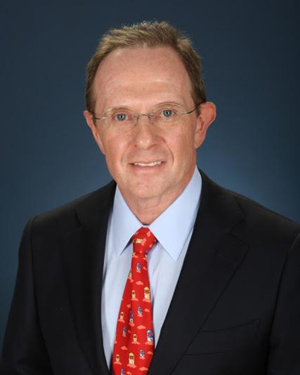Shoulder Labral Tear Specialist

Are you an athlete who participates in sports that involve throwing overhead? If so, you may be at risk of developing a shoulder labral tear. A shoulder labral tear is a common injury sustained after a fall on an outstretched hand, from a sports injury or from natural degeneration of the labrum. Shoulder labral specialist, Dr. James Mazzara provides diagnosis and both surgical and nonsurgical treatment options for patients in Manchester, South Windsor, Enfield, Glastonbury and surrounding Hartford communities who have sustained a shoulder labral tear. Contact Dr. Mazzara’s team today!
Shoulder Labral and SLAP Tears, what are they, and how are they treated?
What is a Shoulder Labral Tear?
The labrum is a type of cartilage called the “glenoid labrum” that surrounds the base of the shoulder joint. It provides extra support for the joint, keeping it in place. The labrum acts as an attachment site for other structures, such as the biceps tendon or shoulder ligaments.
Imagine a golf tee with a rubbery top and rim, holding a golf ball. The head of the upper arm socket would be the golf ball and the tee would be the shoulder. When there is an injury to the labrum or a labral tear, such as a dislocation, the cartilage can be peeled off the rim of the socket. In the case of a golf ball and golf tee, the material holding the ball in place would break away, allowing the ball to slip off the tee.
Shoulder labral tears are quite common and can be caused by a fall with the arm outstretched, from overuse – such as repetitive motions used in work, or sports activities and degenerative conditions associated with aging patients.
What is a SLAP Tear?
A SLAP tear in the shoulder is a specific type of labral tear and refers to the location of the tear: Superior Labrum Anterior and Posterior. This simply means the tear is located at the top of the shoulder socket and involves the attachment site of the biceps tendon. The tear occurs both in front (anterior) and in back (posterior) of the attachment point. Acute trauma and overuse of the shoulder joint are common causes of a SLAP tear.
What are the symptoms of a shoulder labral tear or SLAP tear:
- Pain in the shoulder joint, often deep or in the back of the shoulder
- Pain with overhead motion
- Shoulder weakness, often on one side
- Decreased range of motion
- A “popping” or “clicking” sensation in the joint
- Stiffness
How are Shoulder Labral and SLAP Tears Diagnosed?
Dr. James Mazzara, serving Manchester, South Windsor, Glastonbury and surrounding Hartford, Connecticut communities, has extensive experience in treating Labral and SLAP tears. He will conduct a thorough examination to determine whether or not you have a Labral or SLAP tear. During the evaluation Dr. Mazzara will discern if the tear is associated with a pre-existing shoulder instability or if it is the result of a recent trauma, work-related injury or sports injury. X-rays and an MRI may be reviewed to rule out any underlying problems.
Once Dr. Mazzara has diagnosed the injury, he will discuss treatment options. Several factors will determine the treatment including age, level of activity, prior treatment and type of tear.
What is the Treatment for Shoulder Labral and SLAP Tears?
Non-Surgical Treatment
If the injury is mild, patients will often be directed to rest and ice the shoulder, along with taking anti-inflammatory medication. Physical therapy is then suggested to strengthen the shoulder and surrounding muscle.
Surgical Treatment
When non-surgical treatments fail, or when the tear is significant, surgery will be recommended. Dr. Mazzara offers three different options when consulting a patient about their Labral or SLAP tear. Each option is typically done through arthroscopic, or minimally-invasive surgery which allows for quicker healing and less risk of infection.
Debridement – If the labral tear is stable and does not involve the biceps tendon, debridement (shaving) will smooth out the tear.
SLAP Repair – A SLAP repair is the most common procedure for symptomatic SLAP lesions. The repair is performed by reattaching the labrum to the socket, using strong sutures. Young patients or athletes who want to remain active in sports, with an otherwise healthy shoulder, are ideal candidates for this arthroscopic surgery.
Labrum Repair – Sutures and anchors are used to firmly re-attach the labrum to the bone of the glenoid. This requires meticulous surgery so as not to create too much stiffness in the shoulder. Rehabilitation after surgery is critical,
For additional information about Labral Tears or SLAP Tears in the shoulder, please visit the office of Dr. James Mazzara serving Manchester, South Windsor, Glastonbury and the surrounding Hartford communities.
